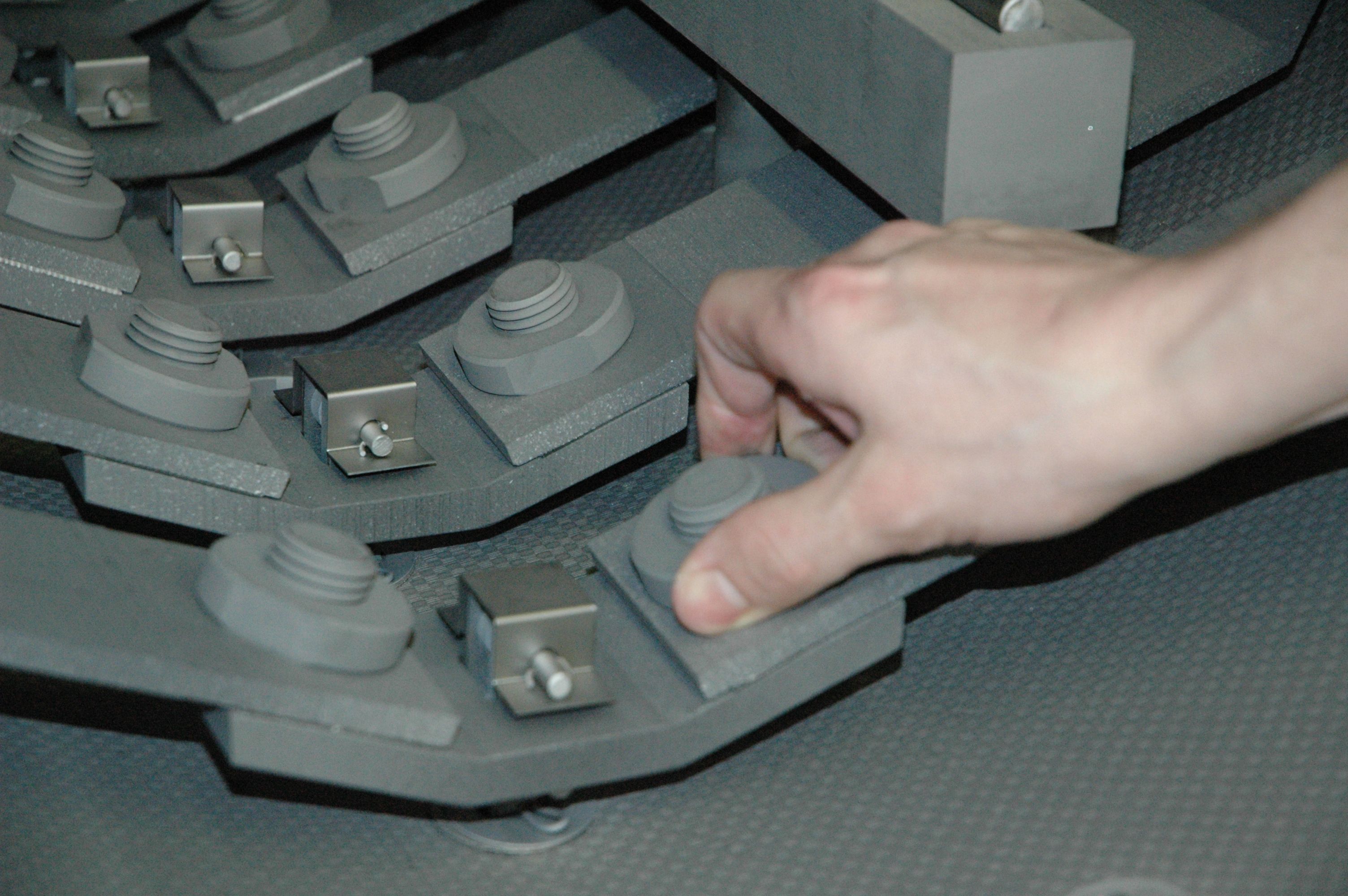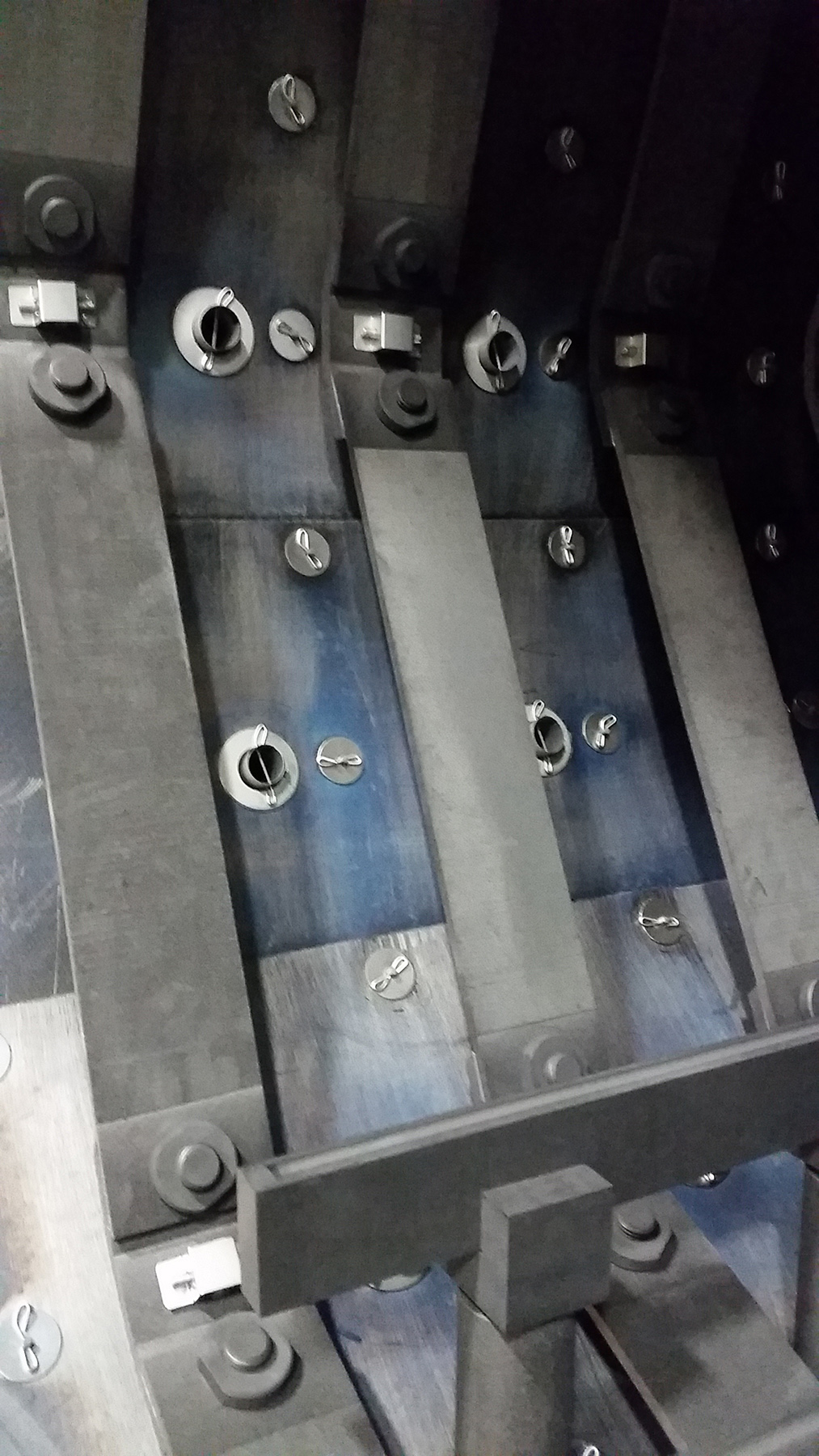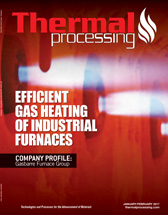One most commonly recommended procedure for making your equipment perform more effectively is to run a cleanup cycle, which removes contaminants from within the hot zone. This column examines other recommended practices for hot zone maintenance, as well as the frequency at which these actions should be completed.
Repair/Replace Broken Elements
On a daily basis, visually inspect the condition of the heating elements and shields. Look for any pieces that are missing, broken, cracked, or loose. Elements in these conditions can lead to temperature problems, such as inadequate heat and poor uniformity.
If you discover graphite elements are missing or damaged, you would generally replace the heating elements rather than repair them. This is because graphite is not extremely brittle, so you don’t have to worry about accidently breaking surrounding heating elements during the replacement process.

However, all-metal heating elements are more fragile once they’ve been heated, so there are two common methods for handling broken elements: One option is to replace them in the same way you would a graphite element. Alternatively, all-metal elements can be repaired with an element patch, which allows you to clamp on small sections of metal that bridge the broken element. This avoids having to unbolt the heating elements between connection points and replace an entire section and reduces the chance of surrounding elements being damaged.
When you do need to repair or replace elements, having a spare parts kit on-hand can save you valuable time and allow for quick hot zone maintenance. Some basic hot zone parts you should try to keep in stock include an element strip kit, insulators, element hangers, carbon fiber composite, hearth posts, gas nozzles, nuts, and bolts.
Check for Discoloration
The heating elements and shields should also be checked daily for signs of discoloration. Discoloration in the furnace indicates contamination. If parts of the hot zone begin to show signs of discoloration, a leak check and/or furnace cleanup cycle may be required as a first step for troubleshooting the furnace and locating the source of the contamination. It is imperative that the source is identified to prevent continued discoloration and degradation of your hot zone.
Prevent Arcing
On a weekly basis, hand-tighten nuts, bolts, and element connectors inside the furnace. When parts become loose, they can cause arcing, which then burns away the hot zone’s insulation, affects the overall quality of the heating elements, and can lead to discoloration. Hand-tightening is the recommended method to avoid over-tightening and breaking of graphite heating elements.
In addition to inspecting your hot zone for signs of broken elements, discoloration, and arcing, you should also create a tailored preventative maintenance plan. Doing so can play a critical role in maximizing the life span of your furnace and optimizing your hot zone’s performance for as long as possible.

Life of the Hot Zone
Preventative maintenance can extend the life of your hot zone, but when it no longer operates at peak performance, it may be time to consider replacing it. Depending on your process and parts, hot zones can last for several years or may need to be replaced more frequently. Several factors that affect the life span of a hot zone include:
- Leaks: Oxygen in the furnace can cause the hot zone to degrade faster.
- Cleanliness: Contamination in the furnace can cause hot zone degradation.
- Pressure: High-pressure gas quench, by nature, creates a turbulent environment in the furnace; therefore, the higher the pressure and larger the motor, the greater potential for wear and tear.
- Temperature: Higher temperature ranges can potentially cause more wear on the hot zone.
- Total operating time: The more cycles your furnace runs, the more frequently your hot zone will need maintenance.
When is it Time to Replace Your Hot Zone?
You can determine if it’s time by checking the heating elements monthly for signs of deterioration. Signs of arcing, cracking, and degradation on the hot zone’s bottom third elements can indicate it is time for a replacement. Also, inspect the insulation for signs that it’s breaking down, warping, or if the plenum frame is visible, as well as check the hearth rails for distortion and overall wear.
Certain factors during your process cycle can also serve as warning signs of a degrading hot zone, including loss of temperature uniformity, extended cycle times, heat loss, and constant discoloration of your parts or hot zone.
In the end, it is essential that regular inspection of your furnace and hot zone is incorporated into your preventative maintenance plan. Being proactive about hot zone maintenance and replacement can save you from unwanted downtime and higher operating costs — all of which can result from continuing to run cycles in a furnace that exhibits signs of degradation and heat loss.




































